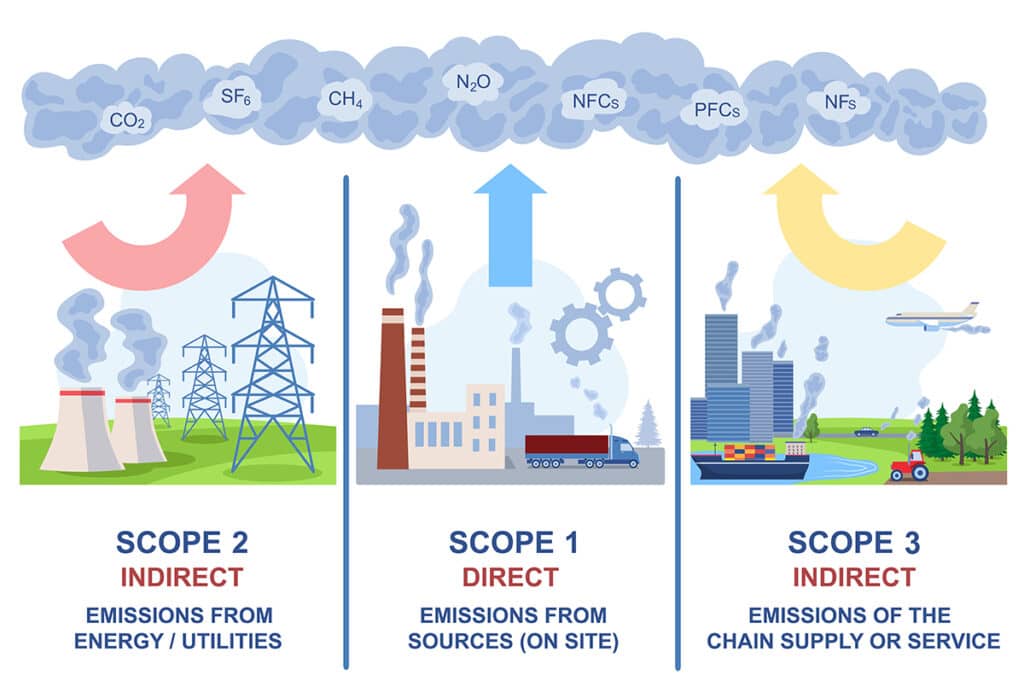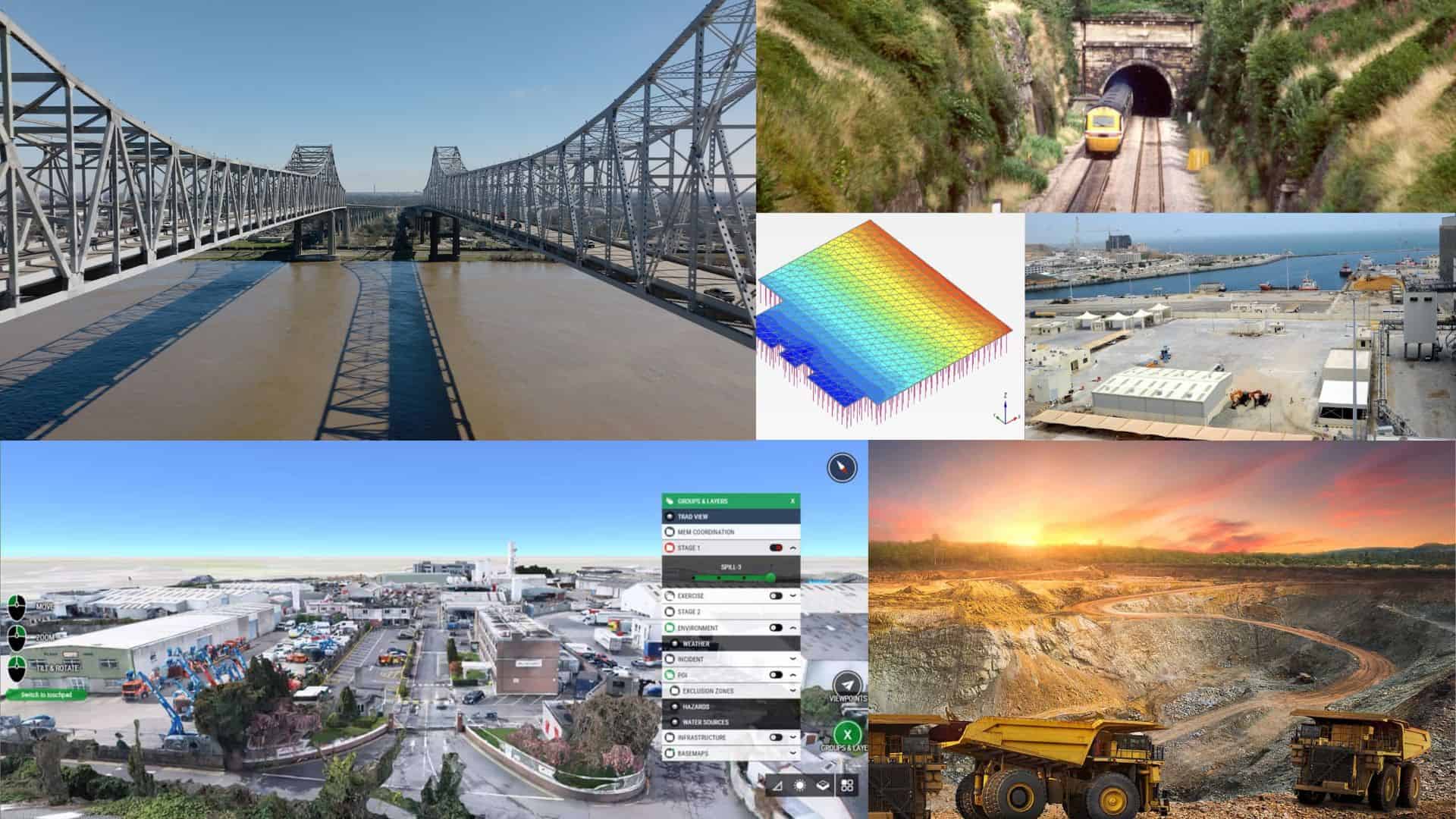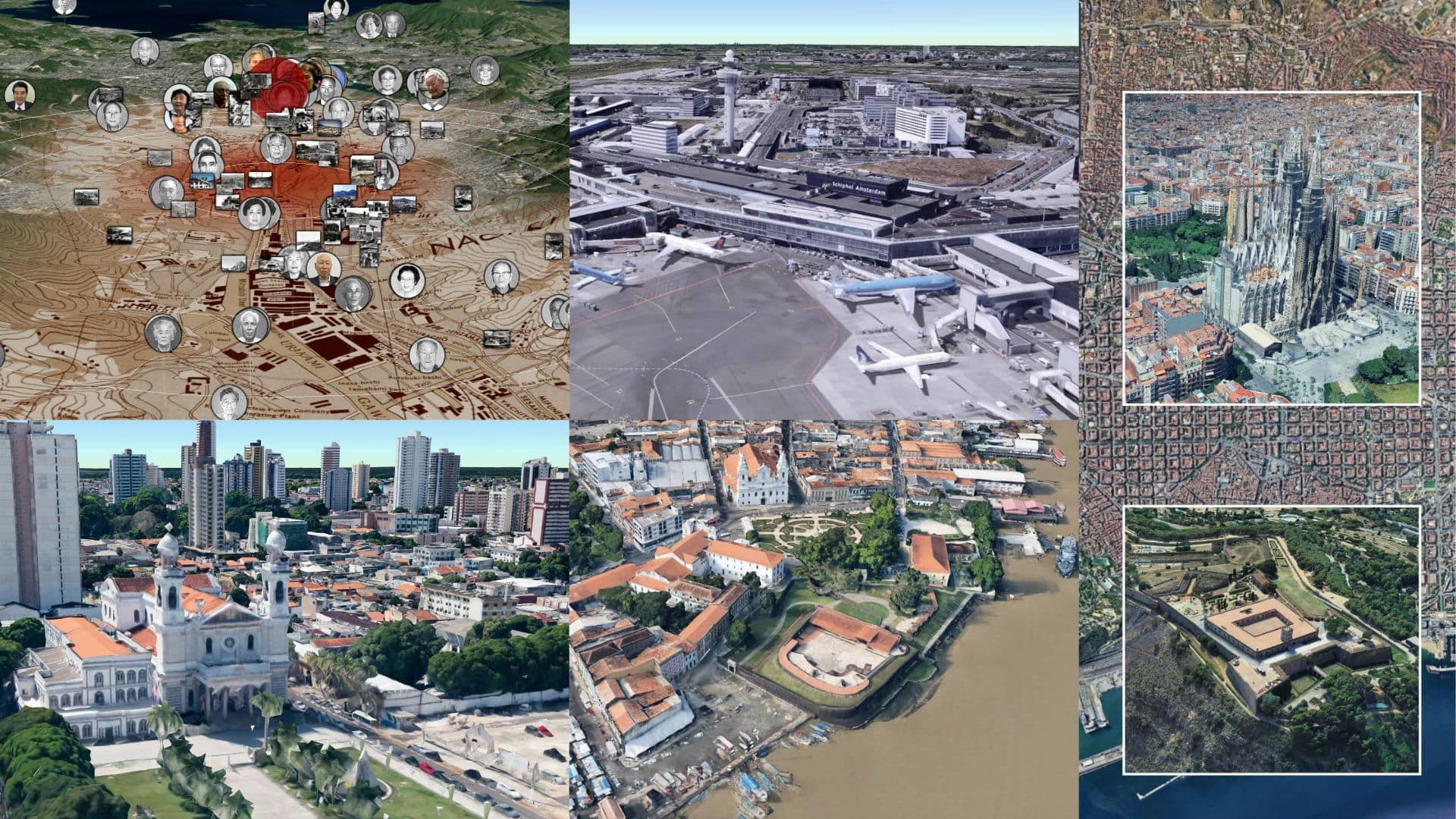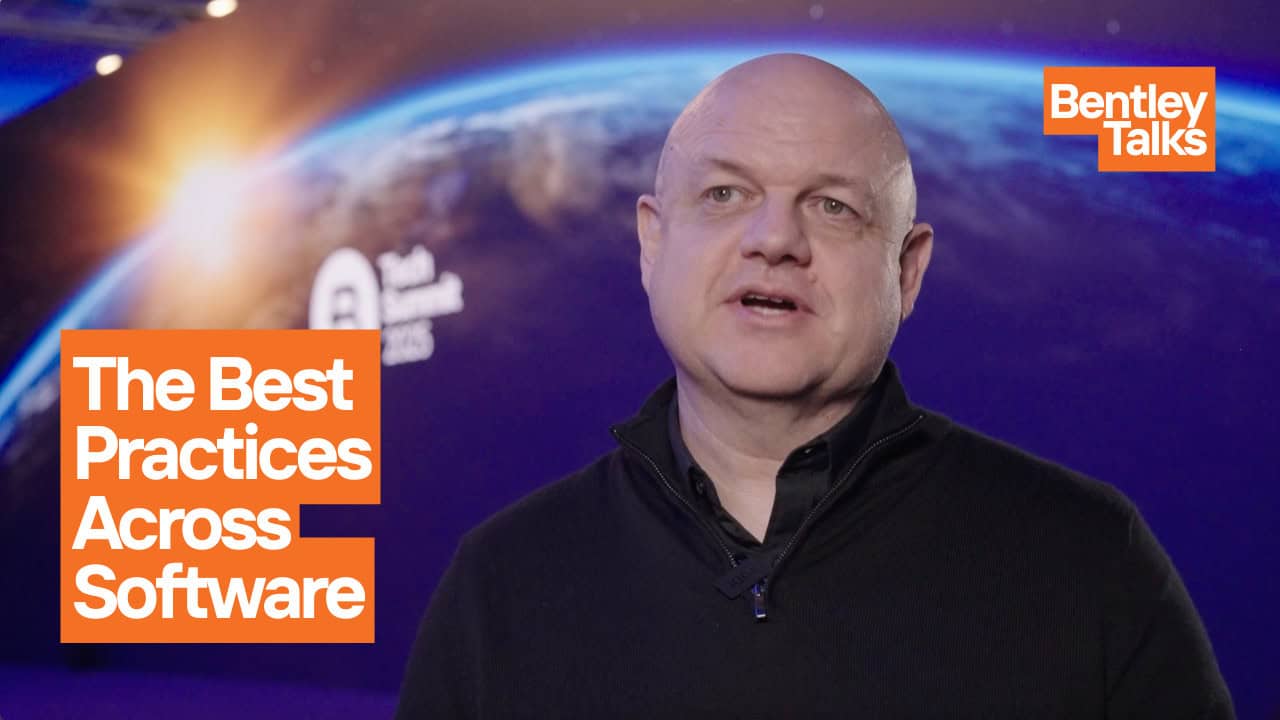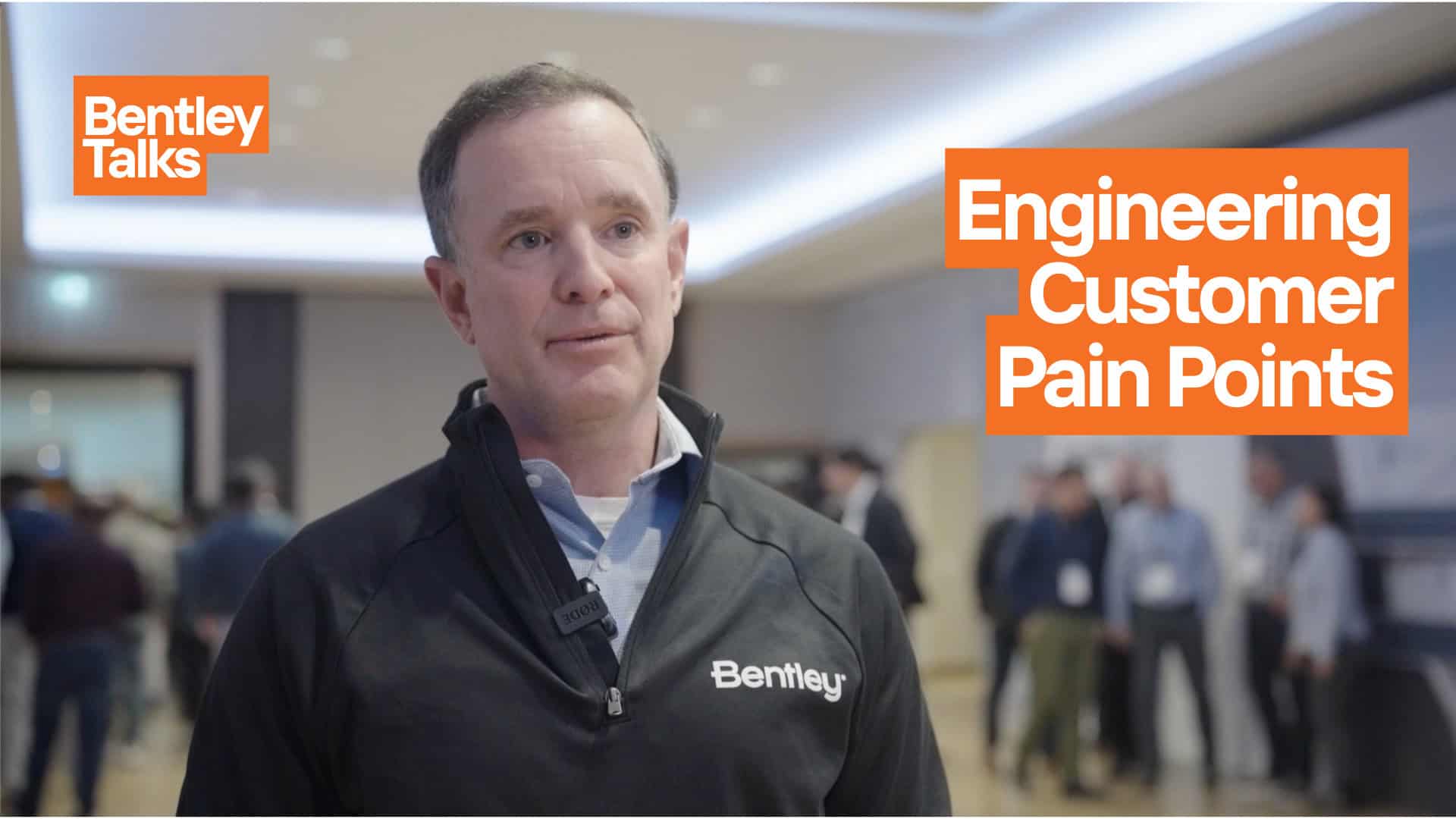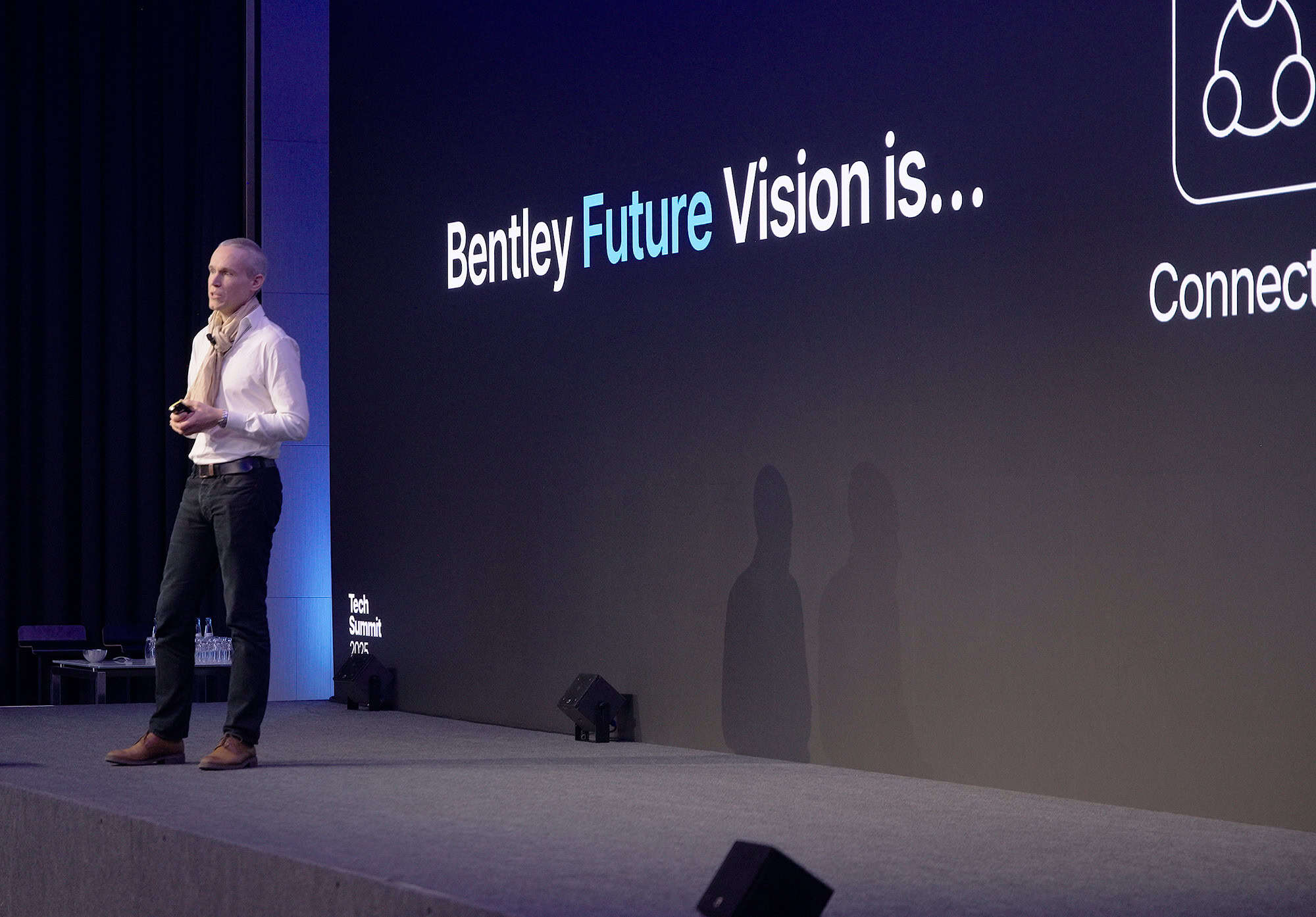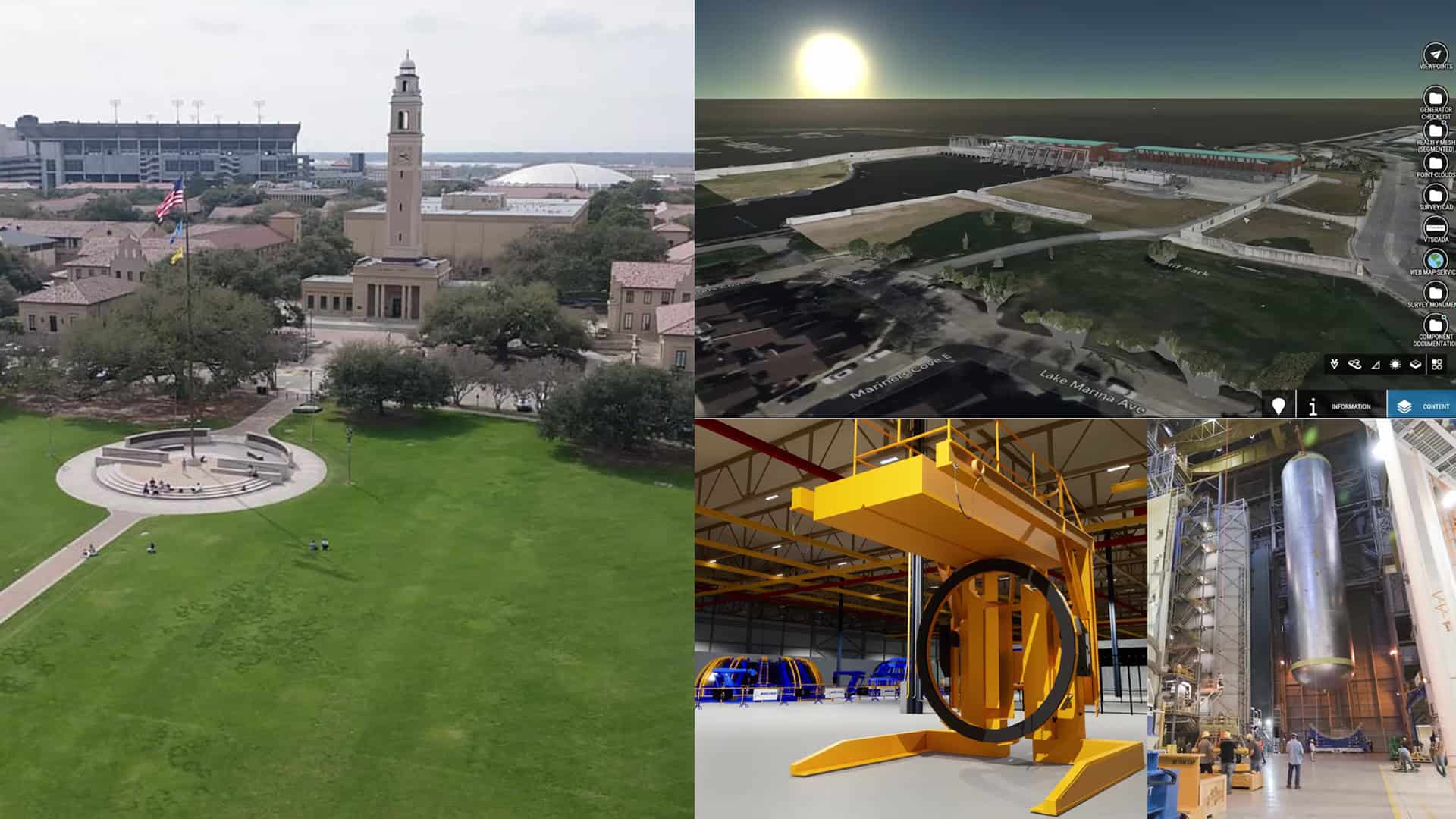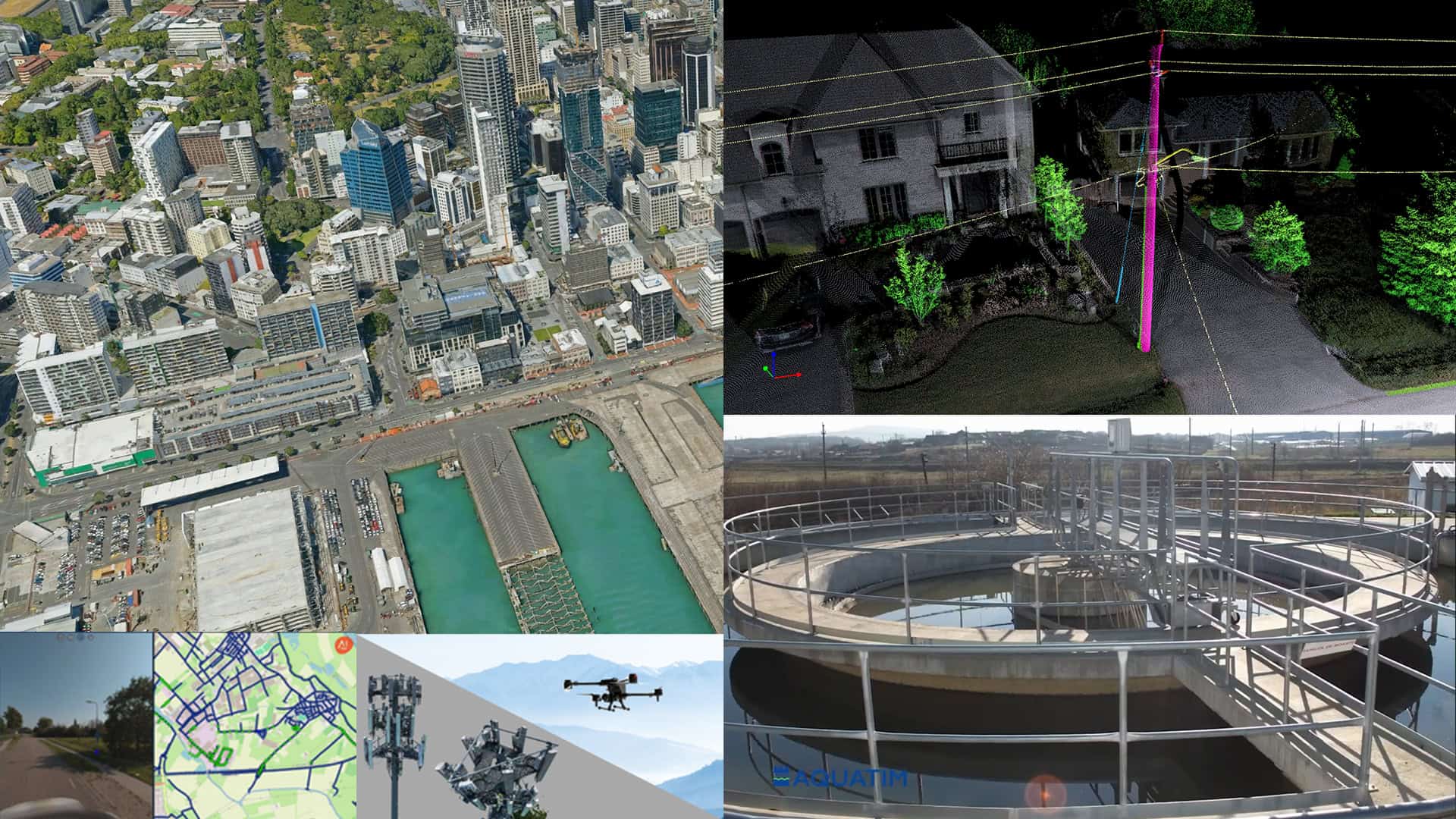This article was originally published on February 8, 2023. Updates reflect SBTi’s approval of our near-term net-zero targets.
The challenges of the past few years, from a global pandemic to climate disasters, have given us many opportunities to reflect on what type of world generations after us will inherit. As we rang in a new year, we resolved to reduce our carbon footprint.
As with any resolution, it was the result of much introspection. Empowering our users to create more sustainable and resilient infrastructure through the use of our software and services has been a long-standing focus of ours at Bentley. We refer to this impact as our environmental “handprint” and while this focus is unwavering, we are also keenly aware of our responsibility to reduce our own carbon footprint.
Once we set out to lower our carbon footprint, we wanted to ensure we were setting clear, measurable, and attainable targets, and doing so transparently. To do this we engaged with the Science Based Targets initiative (SBTi), the world’s leading coalition for setting corporate emission reduction targets in line with climate science. Their Net-Zero Standard is the benchmark against which organizations demonstrate strong management of their climate strategy, and why we chose to work within their framework.
By validating our near-term corporate targets with SBTi we are formally committing to be a part of the movement, in line with the Paris Agreement,
to limit global warming to 1.5 degrees Celsius and reach a common goal of net zero no later than 2050.
Put simply, our New Year’s resolution is to reduce our operations’ greenhouse gas emissions. This is complementary to our larger effort to empower sustainable development goals through the use of our software and services.
SBTi, the gold standard for establishing corporate climate goals
The SBTi’s Net-Zero Standard is the world’s leading framework for corporate net-zero target setting. SBTi defines and promotes best practices in corporate climate goalsetting by aligning targets with the Paris Agreement, the international treaty on climate change adopted in 2015. The target process includes the long-term goal of net-zero before 2050 along with a requirement to set a near-term target for accountability.
The SBTi formed in 2014 when the four largest environmental organizations worldwide – the CDP, World Resources Initiative (WRI), UN Global Compact, and World Wildlife Fund (WWF) – came together to develop a methodology that would help companies set targets to reduce greenhouse gas emissions.
As national governments continue to work to implement the Paris Agreement – and to ratchet up the ambition of their country-level pledges – companies can expect to see more regulation to curb high-emissions activities. The SBTi helps companies prepare for future regulations by insisting on the highest standards for accuracy and transparency. In addition, as the leader in helping set and validate corporate science-based climate targets, the SBTi holds significant weight for colleague engagement, partners, users and accounts, investors, and other groups.
Setting Sights
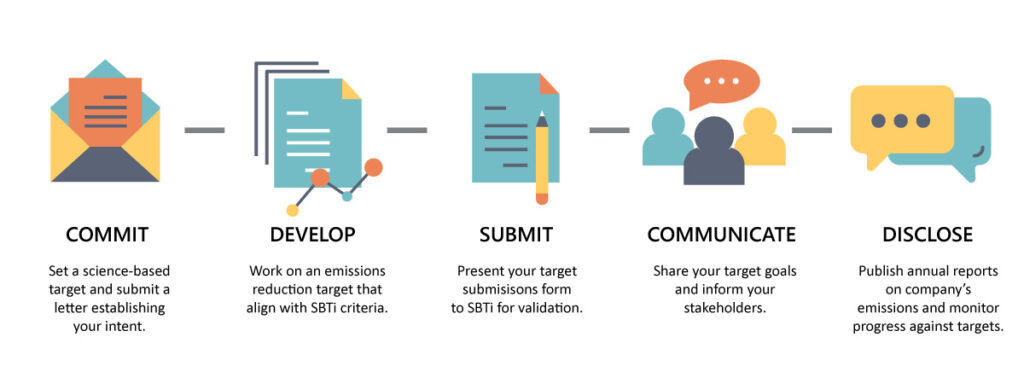 Steps for submitting commitments for SBTi target setting: Commit. Develop. Submit. Communicate. Disclose. Source: SBTi
Steps for submitting commitments for SBTi target setting: Commit. Develop. Submit. Communicate. Disclose. Source: SBTiOrganizations can set a science-based target with the SBTi through these five steps:
The SBTi provides organizations with accreditation of carbon emission reductions targets aligned with a 1.5⁰ or 2⁰ warming scenario. The framework requires companies to make public commitments to ambitious reduction targets to Scopes 1, 2 and 3 emissions keyed to these global warming scenarios.
Bentley submitted our net-zero target to SBTi in December of 2022. Following a rigorous validation process, our net-zero target was approved; cementing our commitment to working toward a more sustainable tomorrow.
Our Reduced Footprint Targets
We quantified and modeled our greenhouse gas inventory for our entire operation and value chain to determine how we could drastically reduce our emissions. We addressed both direct emissions, such as those produced by office buildings, and value chain emissions, like those from purchased goods and services, and developed these formal commitments in line with SBTi criteria:
Direct (Scopes 1 & 2) Commitment: Reduce emissions by 50% by 2030 (2019 baseline)
- Scopes 1 and 2 include emissions related to direct operations of business (example: site fuel consumption, site electricity consumption, fleet vehicle fuel consumption).
- Scopes 1 and 2 emissions targets are absolute (4.2% linear annual reduction in absolute emissions). These targets are always required to be set.
Value Chain (Scope 3) Commitment: Reduce emissions from Purchased Goods & Services, Fuel- & Energy-Related Activities, Upstream Transportation and Distribution, Waste Generated in Operations, Business Travel, and Employee Commuting by 55% per dollar of operating profit by 2030 (2019 baseline)
- Scope 3 includes emissions associated with our value chains (example: purchased goods and services, treatment of waste generated, business travel and commuting).
- Scope 3 emissions targets are variable and can include absolute reductions, economic intensity reduction targets, or supply chain engagement as possible avenues. Scope 3 is required if scope 3 comprises over 40% of a company’s total emissions inventory.
Our Roadmap to Net Zero
How are we going to reach our goals? The first set of targets are Scopes 1 and 2 emissions associated with our direct operations and purchased energy. The major components here are those produced by sources we own or control, such as our offices, and those from purchased energy. A reduction in both commuting and office energy usage will get us part of the way to our short-term targets but we need to make strides elsewhere as well. We will also pursue decarbonization avenues including investments in renewable energy in our real estate footprint and auditing current waste management practices.
The second set of targets are Scope 3 emissions associated with our value chain or suppliers. These are emissions associated with all of our cloud services, technology hardware, business travel, and external events like the annual Year in Infrastructure and Going Digital Awards, our global independently juried program recognizing digital advancements in infrastructure. In assessing our goals, we took into account that our biggest cloud hosting partner, Microsoft, already has a firm commitment to shift to 100% supply of renewable energy by 2025. Many tech partners have similar goals or are in the process of making those commitments. Our strategy will be to continue to engage with all of our suppliers to set similar goals and commitments and to collaborate on climate initiatives.
Another major Scope 3 component is business travel. During the pandemic we adopted a “Travel with Purpose” policy that urges colleagues to be intentional with their travel, considering why they are traveling and whether the goal of the travel could be accomplished remotely. Even as we are committed to mitigating the effects of travel by limiting it and procuring sustainable aviation fuel (SAF) that can vastly reduce the emissions associated with travel.
On the Scope 3 side, the minimum target is not 4.2% linear but an economic intensity reduction of 7% compound annual reduction divided by operating profits. The benefit of reducing emissions divided by operating profits means that we can continue to keep growing as a company — which we fully intend to do, but responsibly.
Our Commitment
An unseen benefit of the pandemic has been the realization that we can create a safe, sustainable, and productive workplace with a smaller physical footprint. These lessons continue with our completely hybrid workforce and a focus on the well-being of our colleagues and our communities. Our net-zero journey will make our operations more sustainable, and by reducing our own footprint we can in turn benefit our users in reducing their value chain emissions. Our colleagues are our biggest asset in advancing innovation, and we will create new opportunities to enable them to contribute to our efforts.
We know that these targets validated by SBTi will put us firmly on the path with the many other organizations that will be working together to create a sustainable future. Our pandemic self-reflection has yielded a viewpoint in which we not only provide the best software and solutions to design, build, and operate sustainable infrastructure but also embrace these commitments to minimize our own footprint.
This is our net-zero resolution.


